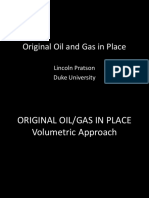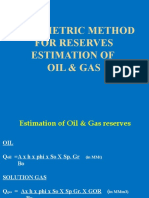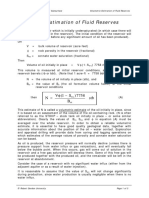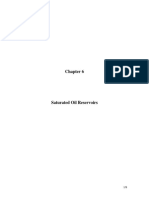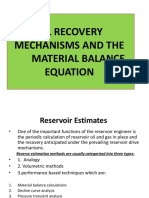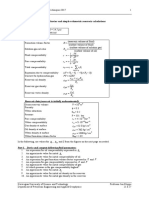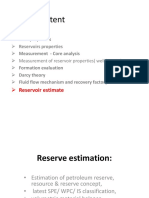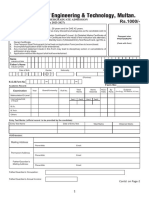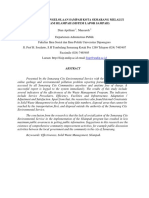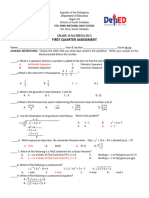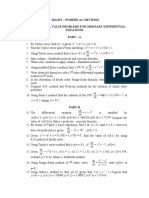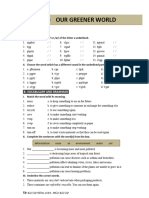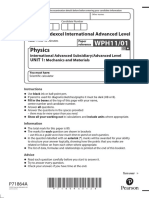0% found this document useful (0 votes)
28 views14 pagesHydrocarbon Resrerve Estimation
The document outlines methods for estimating hydrocarbon reserves before and after drilling, emphasizing the importance of geological data and various calculation techniques. It details preliminary volumetric reserve calculations, factors affecting recoverable oil, and post-recovery calculations using more sophisticated formulas. Additionally, it includes exercises for practical application of the concepts discussed, such as calculating reserves for specific fields and wells.
Uploaded by
wopadam577Copyright
© © All Rights Reserved
We take content rights seriously. If you suspect this is your content, claim it here.
Available Formats
Download as PDF, TXT or read online on Scribd
0% found this document useful (0 votes)
28 views14 pagesHydrocarbon Resrerve Estimation
The document outlines methods for estimating hydrocarbon reserves before and after drilling, emphasizing the importance of geological data and various calculation techniques. It details preliminary volumetric reserve calculations, factors affecting recoverable oil, and post-recovery calculations using more sophisticated formulas. Additionally, it includes exercises for practical application of the concepts discussed, such as calculating reserves for specific fields and wells.
Uploaded by
wopadam577Copyright
© © All Rights Reserved
We take content rights seriously. If you suspect this is your content, claim it here.
Available Formats
Download as PDF, TXT or read online on Scribd
/ 14














